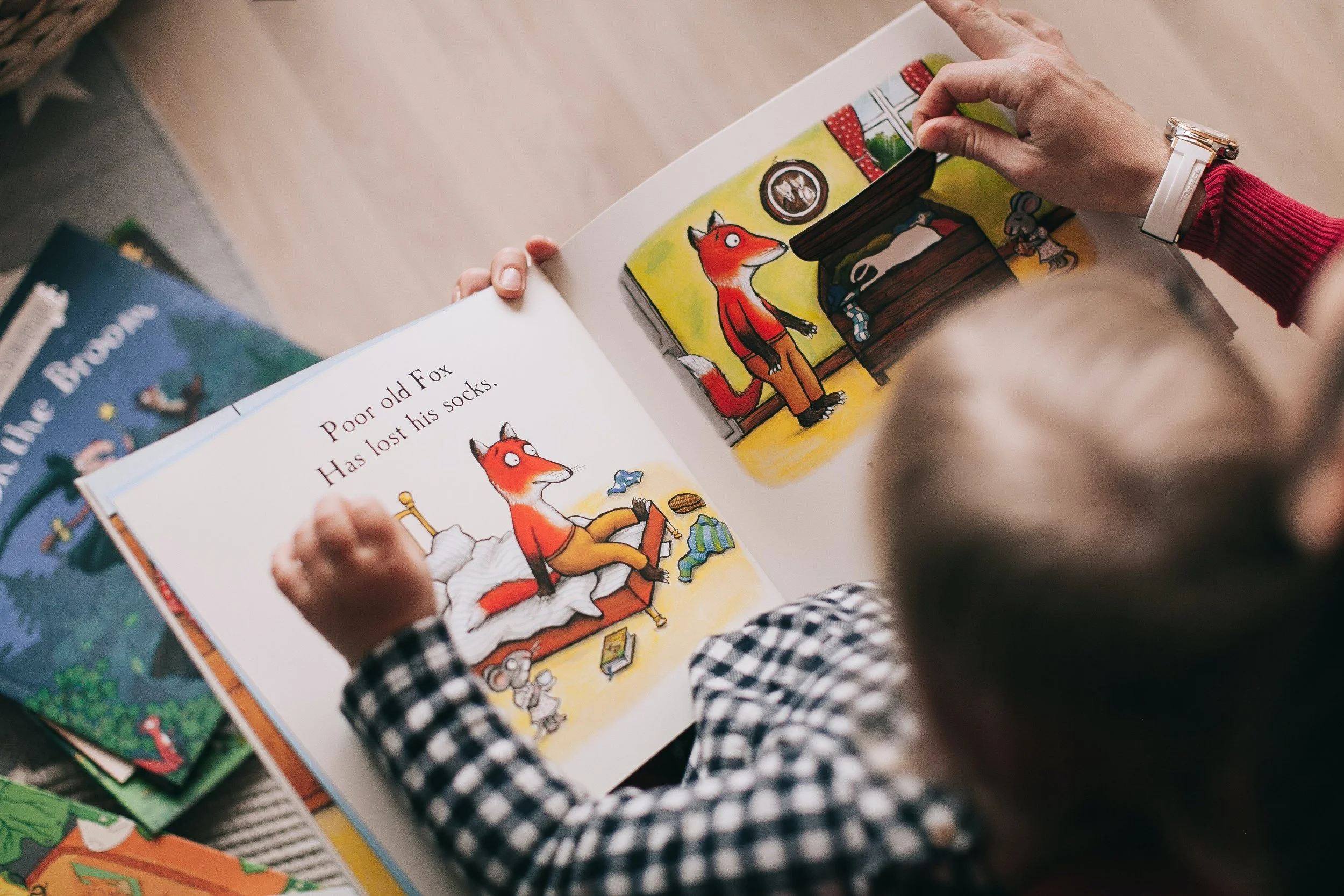Are you a storyteller?
Most early childhood teachers (hopefully!) read stories several times a day (at least once?) but what about oral storytelling? That’s when you tell a story from your mind (and heart!) after “putting the book down.”
It could be your best effort to memorize and paraphrase an easy and repetitive book like The Very Hungry Caterpillar (hence the phrase “putting the book down”) or it could be a story you made up. Or, even a story from your own life.
If you’re not doing it already I urge you to consider how you might bring some oral storytelling into your classroom!
Honestly, a lot of how I learned to do this was from other teachers I worked with. We would tell stories of Booga Booga, an imaginary monster, when we had fire drills that went on too long – Booga Booga to the rescue.
I also told the story of how I brought my “baba” (bottle) to my first day of preschool (and never again) during lunch and sometimes let the kids fill in the blanks. Just like so many of us do instinctively with repetitive books like Brown Bear, Brown Bear.
I found that over time kids would help me tell both the Booga Booga and Baba stories.
In 2009, I met Helen Wheelock from the Creative Arts Team (CAT) in NYC and my understanding of all this went up a giant notch! To be fair I did my dissertation on another NYC storytelling program where I already had a bunch of aha moments about why storytelling is so powerful in early childhood!
I learned from Helen the power of making oral storytelling interactive:
Inviting the children to repeat those phrases very intentionally in order to really engage them. And, inviting them to copy motions related to the words in the story.
It’s so interesting – some children repeat words, some copy motions, some do both, and some do neither. Some don’t copy motions or repeat words at first but over time they look like they are in an exercise class after a month or two – copying every arm movement and face and calling out every time they are prompted to!
How is this related to preventing – and transforming – challenging behavior?
Try telling children an oral story - or just invite them to join you tell a storybook story - by saying “let’s all say that” and “lets all do that” (do motions related to the book) and I think you’ll see how this can help keep children engaged and prevent all sorts of challenging storytime behaviors.
You may need to try it a few times before you see the results because sometimes when you change things up, children can get a little thrown off or amped up at first, but this WORKS.
You’ll likely see much greater engagement at story time (even if you keep the book in your hands and don’t feel ready to make the leap to telling a story from memory) when you ask the kids to copy your motions and repeat words.
Stories are magic.
As happened when my mom told me a dramatic rendition of Wild Aunt Margie stories when I was a child, they capture our attention and engage us, especially when we participate in some way.
Make sure you’re making great use of this in your classroom or program! If a dramatic telling of a highly interactive story doesn’t get the kids that challenge you to focus during circle time I don’t know what will.
Just kidding – I have a ton of other strategies to suggest but that seemed like a really good ending, right? And, seriously, I’ve seen the interactive storytelling strategies work to better engage children, thereby preventing challenging behavior over and over again.
Tell me about the storytelling strategies you’ve tried below in the comments!
—————————
Want to learn how you can use the interactive storytelling technique to consistently have smooth and effective teacher-led large group experiences?
Check out our Transform Large Group Online Training and create smooth large group experiences where meaningful learning and connections take place.


